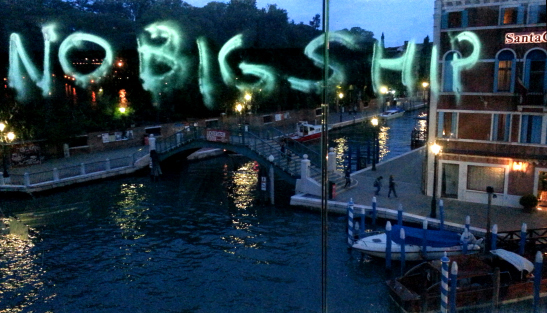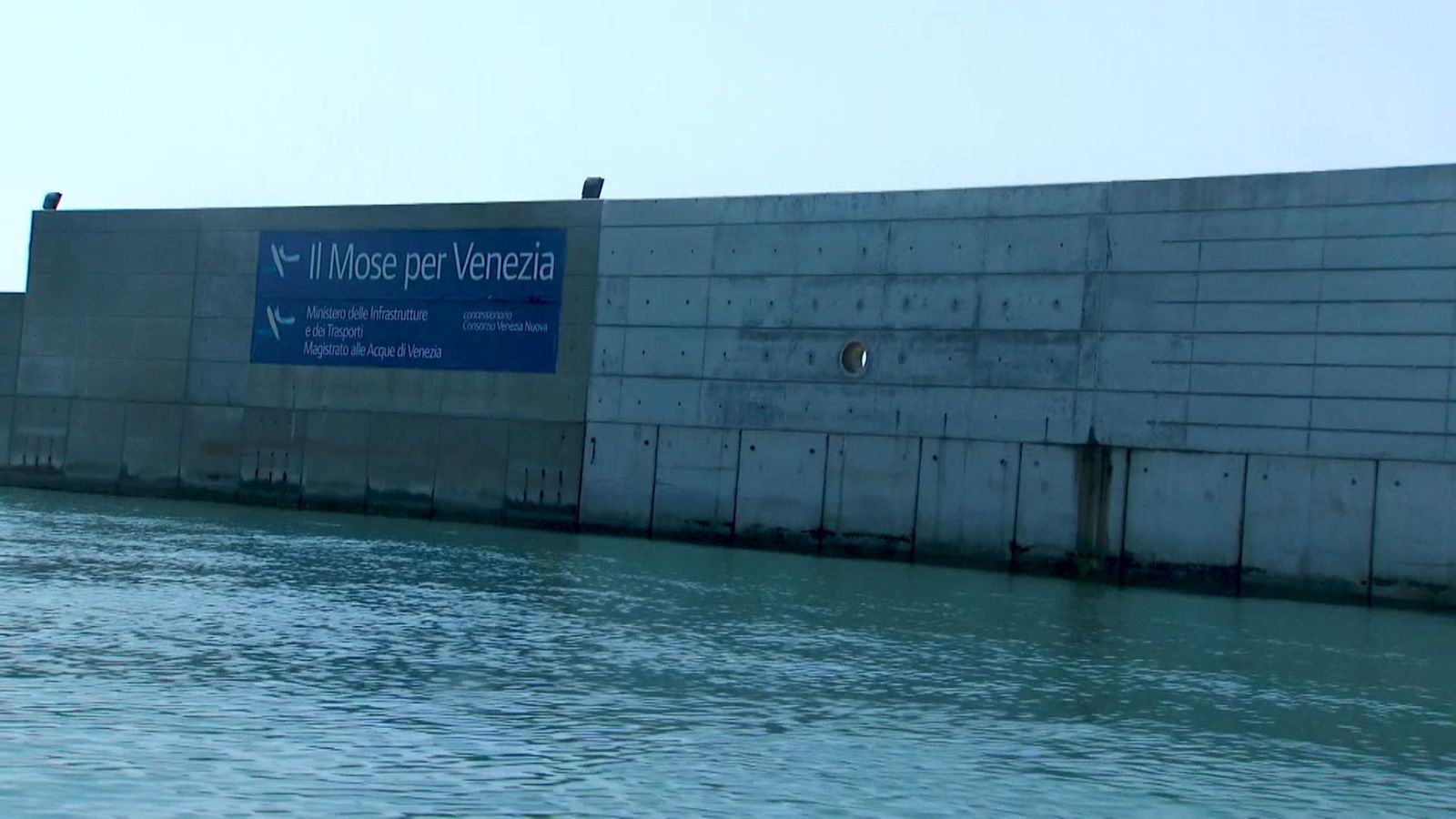Venice, like many Italian cities, has a complicated relationship with tourists. On the one hand, they bring much needed revenues to the city, comprising a significant part of its income; on the other, they sometimes bring out the worst in its citizens, and indeed, worsen Venice. One of the most beautiful cities in the world, it has more art per square metre than Florence or Rome, a uniquely evolved architectural style and an incomparable sense of mystery woven by its canals. It’s also a place where holiday-makers risk eating the poorest food in Italy, getting stung on extortionate gondolier rides, paying over the odds for drinks and ice-creams, and simply being processed as another number in sites like Murano and St. Mark’s Square. But tourists don’t help their cause, trampling across back-gardens on the isolette, blocking access to the vaporetti, pointing long lenses into private homes and bringing casual profanity into churches. Clearly, a little civility and good intentions could redress the balance on both sides, also because there are plenty of hotel, restaurant and museum owners committed to quality, excellence and providing value for money, just as there are courteous and respectful visitors, grateful for the chance to experience the unforgettable city.
However, the issue which most divides the community is that of the cruise ships. Docking sometimes several times a day at Tronchetto and San Basilio, cruise-liners proceed like entire housing estates down the Giudecca canal, dwarfing the towers of Venice and putting the sun behind a chimney or two. Until you stand on thefondamenta of Giudecca or in St. Mark’s Square you can’t really understand their enormity. They don’t just bring a cultural dislocation to the city; they erode the canals and the fondamente, contribute to the worsening flooding that occurs every winter, Venice’s acqua alta, and are said to damage the delicate eco-systems of the lagoon. Of course, they pay huge port fees for the privilege, but their passengers frequently eat and sleep on board and contribute no direct revenues to restaurants and hotels.
This weekend, a group of activists in Venice is moving to voice dissent. On June 7th, 8thand 9th, a great rally is taking place in the city to protest against the passage of ships and cruise-liners through the canals, meeting initially at the sports grounds of Sacca Fisola on Giudecca on Friday 7th and Saturday 8th, and ultimately “marching” on San Basilio on Sunday 9th June with a flotilla of boats along the Giudecca canal. Local interest groups will be there to present the facts and hopefully spark debate about this incredibly delicate issue in one of the world’s most endangered cities.
For more information:
www.globalproject.info
www.nograndinavi.it
How to support sustainable tourism in Venice:
1. The obvious stuff – don’t litter streets or canals, dress appropriately in its churches, show some common sense on the vaporetti and in packed streets
2. Do your homework – eat in restaurants and choose accommodation recommended by locals, to reward the good work of those striving to offer good value and excellence
3. Make the most of the public transport network – the vaporetti are extraordinarily punctual and unbelievably good value when compared to water taxis
4. Don’t be put off by the winter – Venice has a charm all of its own when the hordes of visitors drop off from November through until March. Take to duck-boards and beat the acqua alta, just as the locals do
5. Support the artisans who are keeping alive age-old trades including mask-making, boat and gondolier building and glass-blowing. Read up beforehand to distinguish between tourist traps and genuine craftsmen
 Comitato No grandi navi Comitato No grandi navi – Laguna bene comune
Comitato No grandi navi Comitato No grandi navi – Laguna bene comune




